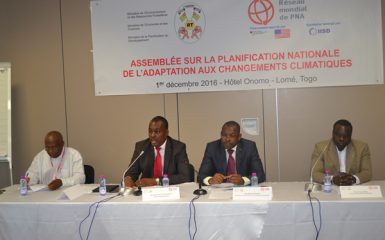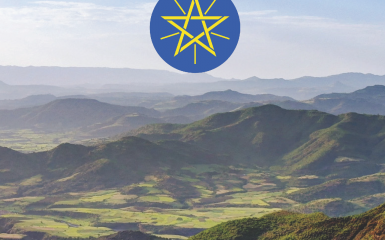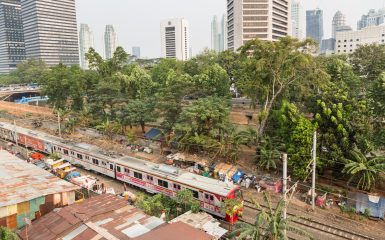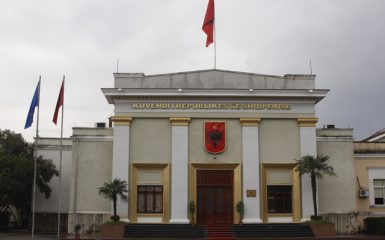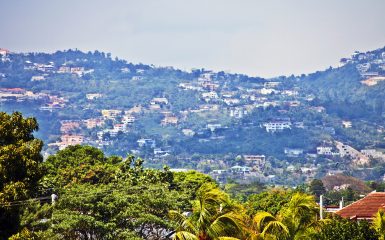See also: NAP Global Network report on Strengthening Gender Considerations in Kiribati’s NAP Process. Kiribati—a country made of 33 low-lying atolls scattered across the Pacific Ocean—is already experiencing an increase in sea-surface temperatures and sea-level rise. Adding to these risks is Kiribati’s extreme remoteness, with hundreds of kilometres of ocean between the atolls and their […]

Kiribati Strengthens Gender Considerations in the Revision of its NAP Document
Julie Dekens (IISD), Choi Yeeting (Office of the President, Kiribati), Anne Kautu (Ministry of Women, Youth and Social Affairs, Kiribati)
